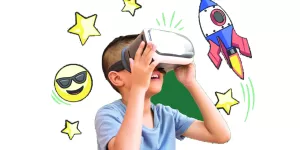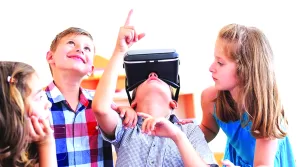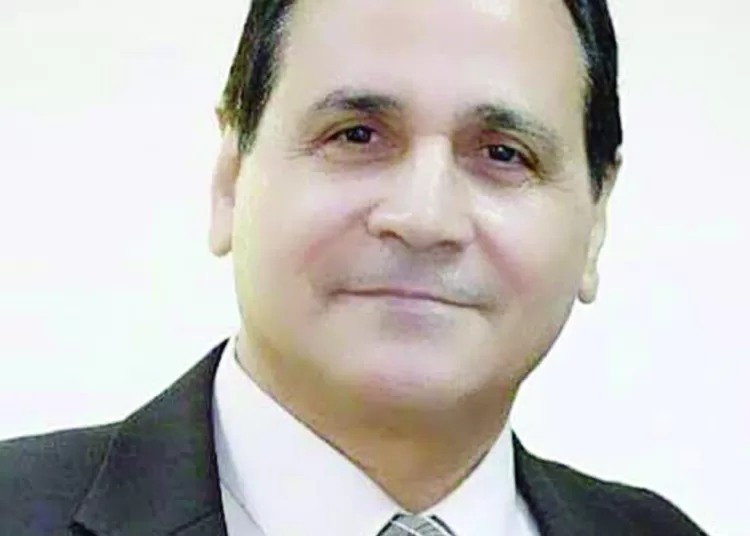By Dina yehia
Emerging virtual reality and augmented reality (VR/AR) technologies in education have the potential to revolutionise the whole educational experience. Studies have shown that before introducing the technology to their pupils, educators should do a thorough assessment of the technology’s viability and possible acceptance in the classroom. Both VR and AR may be utilised in education for a variety of objectives. Immersive educational experiences, such as virtual field excursions or simulations of historical events, may be created with VR technology. This can help students’ learning become more engaging and interactive.

It can also be considered as a common factor between talent, the achievement of creative skills in children, and their learning of life skills to solve problems (logical thinking).
Parents should be aware of the data collected by VR platforms and ensure they are in compliance with regulations. In the meantime, VR manufacturers should specify age recommendations for their products. It’s important for parents to adhere to these guidelines and understand that younger children may not be ready for VR due to its potential impact on developing eyes and brains. VR and AR are two different types of technologies that have become at the forefront of the entertainment industry. However, these technologies are being applied in education to help students see things from a new perspective or learn a new skill. By definition, VR is a computer-generated simulation of a real-life environment that can be explored and interacted with using head-mounted displays or other devices. AR is the superimposing of digital information on the user’s real-world view through specialised glasses, lenses, or contact lenses, or through an app that projects virtual images overtop of a live camera feed from a mobile device.
While these technologies take learning to new heights, they are not without limits and can be difficult for teachers to implement. The emergence of VR/AR in education could change every aspect of teaching and learning by providing an immersive experience.

However, it is important that teachers systematically evaluate the technology’s potential and adoption in their classrooms before implementing it with their students.
In recent years, there has been a substantial increase in research into the use of AR and VR in education, with studies examining the potential of these technologies to improve learning experiences.
AR and VR have the potential to transform education by providing students with new and immersive methods to study and engage with educational information. AR augments the actual world with digital data, while VR creates an entirely fabricated experience.
Prof. Mahmoud Hassan Ismail from the Faculty of Postgraduate Childhood Studies at Ain Shams University told the Egyptian Mail that these technologies play a major role in children and teenagers’ use of new mass media, especially social networking sites. While they improve the quality of media products, they can also distort content and give it unrealistic connotations, potentially negatively affecting children.
“We must pay attention to the dangers of using these technologies on children and employ them in a way that benefits the child,” Ismail said.
He also lauded the efforts being exerted by the Ministry of Education to promote the use of modern technology and artificial intelligence (AI) in the educational domain. “The ministry is working hard to encourage the talented pupils in this field and help them achieve their goals,” Ismail said.

VR has a strong impact on the imagination of both adults and children alike, he added. For kids, VR offers a unique opportunity to explore, learn, and play in immersive digital environments.
The Ministry of Education is keen to promote the use of modern technology and artificial intelligence (AI) in the educational domain, following directives from President Abdel Fattah El Sisi.
Minister of Communications and Information Technology Amr Talaat affirmed that Egypt’s digital strategy primarily aims to provide better and easier services to citizens and encourage entrepreneurship.
Talaat said in recent press remarks that the strategy has three main goals, including providing easier services to citizens, supporting youth to compete effectively in the local and international market, in addition to encouraging entrepreneurship and enhancing innovation.






Discussion about this post